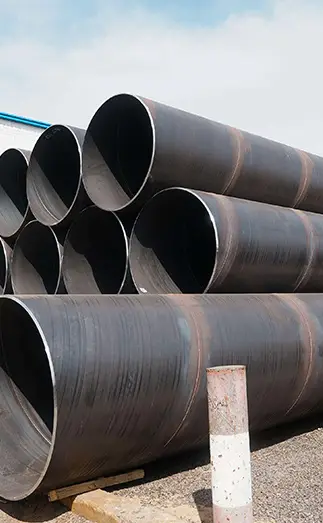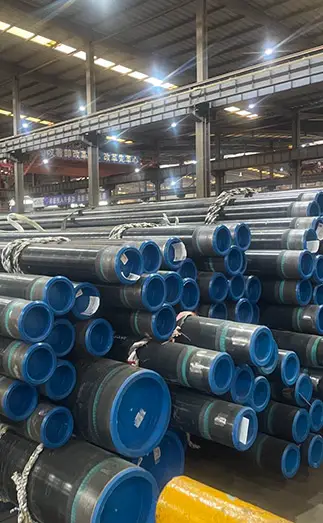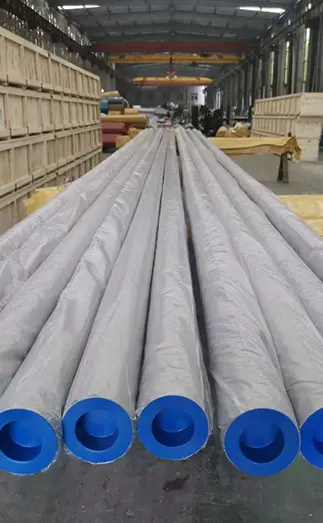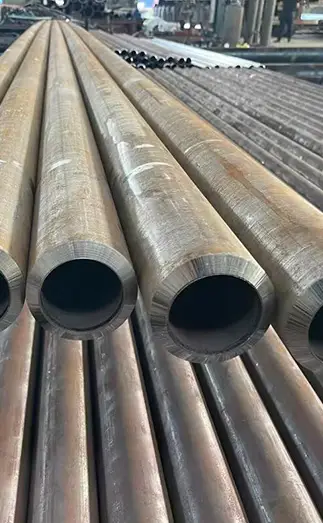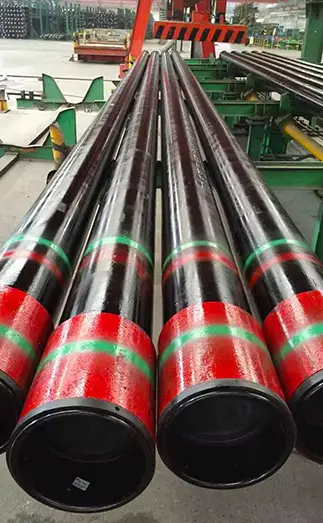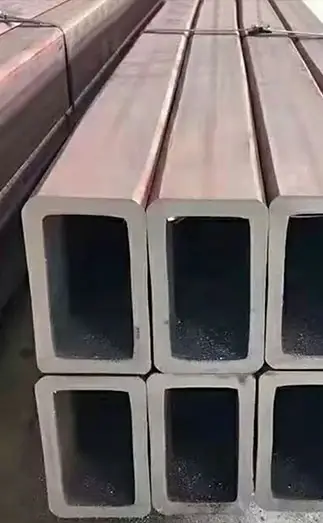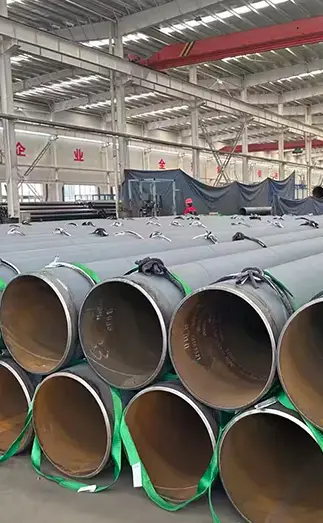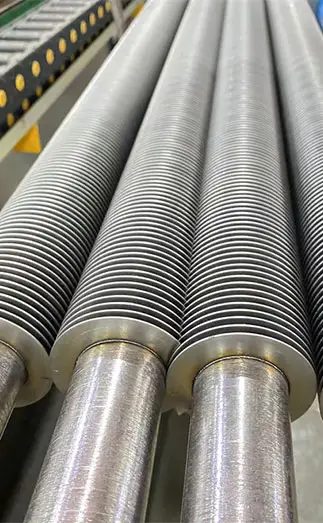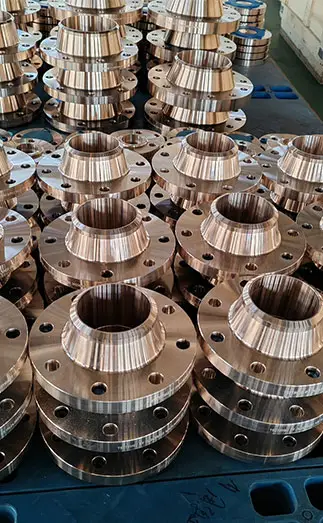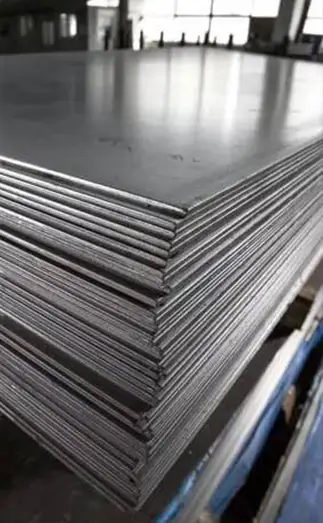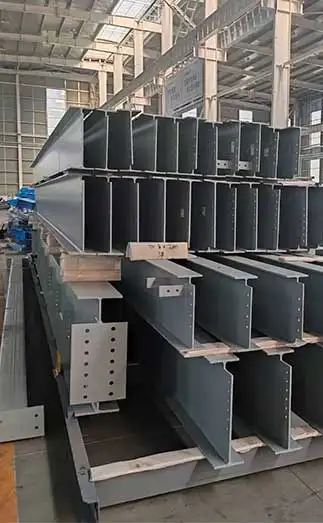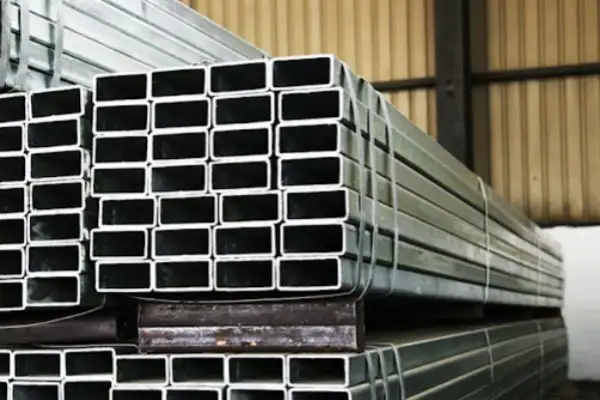Seamless carbon steel pipes are a widely used piping material, essential in industries such as petroleum, chemical engineering, and power generation. Their dimensional standards and specifications are critical for ensuring proper installation and long-term performance. This article provides a structured overview of the classification types, key dimensional parameters, and typical applications of seamless carbon steel pipes.
Super Steel Manufacturing Co.,Ltd is professional seamless carbon steel pipe manufacturer, for more details, please contact:sales@super-steels.com
Types of Seamless Carbon Steel Pipes
To meet diverse industrial demands, seamless carbon steel pipes are manufactured in various models. These can be categorized as follows:
1. By Manufacturing Process
Hot-rolled (including extrusion and expansion) seamless pipes
Cold-drawn (or cold-rolled) seamless pipes
2. By Application
General structural pipes
Pipes for fluid transportation
Medium- and low-pressure boiler tubes
High-pressure boiler tubes
Pipes for fertilizer equipment
Geological drilling pipes
Petroleum cracking pipes
3. By Standard
GB (National Standard): Widely used in domestic industries
ASTM/ASME (American Standards): Common in exports and international projects
API SPEC 5L: Specialized for oil and gas transmission systems
Key Dimensional Parameters
Once a pipe model is selected, attention should be paid to three essential dimensions that influence its suitability and mechanical performance:
Outer Diameter (D): Typically ranges from 6 mm to 1422 mm
Wall Thickness (S): Commonly ranges from 0.5 mm to 100 mm
Length (L): Standard lengths include 6 m, 9 m, and 12 m, with custom lengths available upon request
Note: In addition to dimensional criteria, it is important to consider mechanical properties such as material grade, tensile strength, yield strength, and hardness when selecting pipe specifications.
Common Seamless Carbon Steel Pipe Specification Table
The following is a common seamless carbon steel pipe specification table:
|
Outer diameter
|
Wall thickness
|
|
6mm-762mm
|
0.5mm-70mm seamless steel pipe
|
|
21.3mm-660mm
|
2.5mm-60mm seamless steel pipe
|
|
48mm-508mm
|
3.5mm-60mm seamless steel pipe
|
|
219mm-1422mm
|
6mm-100mm seamless steel pipe
|
|
33.4mm-1219mm
|
2.75mm-8.8mm seamless precision tube
|
|
10mm-426mm
|
low and medium pressure boiler tube
|
|
10mm-450mm
|
1mm-50mm structural tube
|
The specification table provided earlier covers only the most commonly used sizes. In reality, seamless carbon steel pipes are available in a much wider range of specifications to accommodate different industrial applications and process requirements. When selecting seamless carbon steel pipes, it's important to consider not only the outer diameter, wall thickness, and length, but also the material properties—such as hardness, tensile strength, yield strength, and overall steel grade.
Understanding the 159 mm Seamless Carbon Steel Pipe
The term “159 pipe” refers to a seamless steel pipe with an outer diameter of 159 mm. This size is widely used across industries such as petrochemicals, natural gas transportation, and boiler manufacturing. Below are the typical technical features:
Nominal Outer Diameter: 159 mm (with a standard tolerance of ±0.75 mm, following DIN 2448 specifications)
Common Wall Thickness: Ranges from 6 mm to 25 mm, suitable for pressure levels between 4.5 MPa and 32 MPa
Typical Materials: Includes carbon steel (e.g., 20#), alloy steel (e.g., Q345B), and stainless steel (e.g., 316L)
In practical use, slight deviations in outer diameter are permitted within the specified tolerance range, which ensures precision during both production and installation without compromising the pipe's overall performance.
Key Considerations When Purchasing Seamless Carbon Steel Pipes
Assess Operating Conditions: Know the expected pressure, working medium, and temperature range.
Choose the Right Standard: Select based on relevant national or industry standards (such as GB, ASTM, or API).
Confirm Core Dimensions: Define required outer diameter, wall thickness, pipe length, and allowable tolerance.
Verify Quality Metrics: Ensure the supplier provides complete documentation, including chemical composition, mechanical properties, and non-destructive testing (NDT) reports.
Evaluate the Manufacturer: Check for certifications, quality management systems, and delivery capabilities.
Conclusion
Selecting the right model and specification of seamless carbon steel pipe requires a comprehensive evaluation of material characteristics, dimensions, and intended application. A clear understanding of these basic parameters helps ensure the chosen pipe meets the specific needs of your project. For instance, the 159 mm pipe size is carefully manufactured to meet strict dimensional tolerances, ensuring its dependability and performance in a wide range of industrial settings.



 English
English Español
Español Français
Français بالعربية
بالعربية